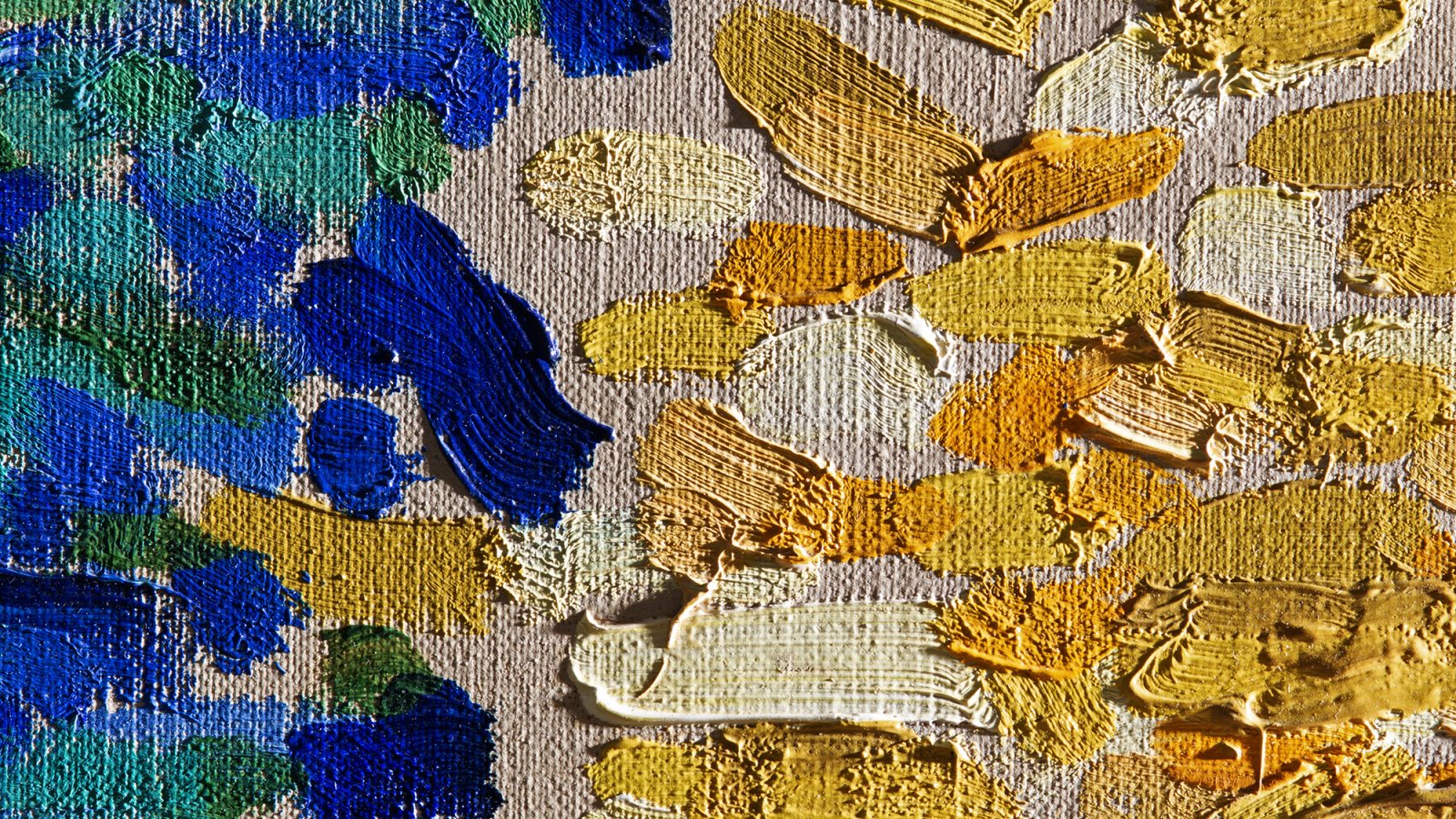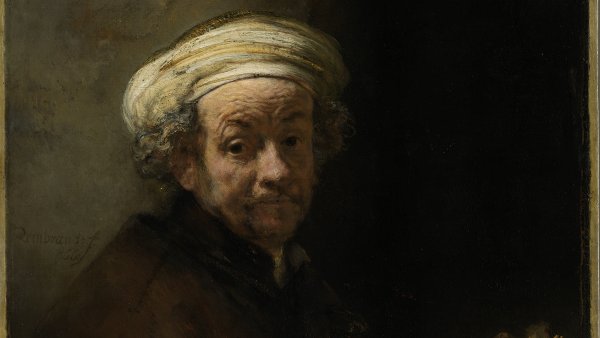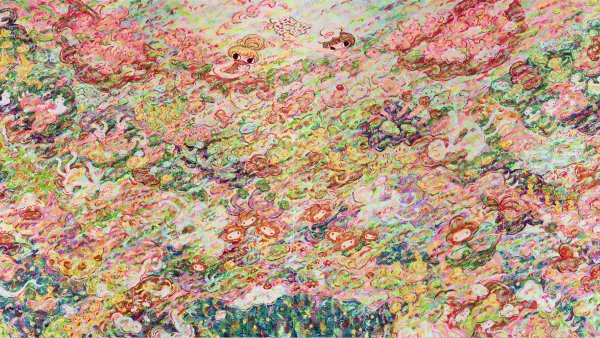Recovering the light. Restoration of Waterloo Bridge, by André Derain
After the restoration work was completed, André Derain's Waterloo Bridge is once again on display to the visitors in a special installation in Room 33 of the permanent collection, which presents the results of that project.
Over the past months, a technical research process has been developed, which has included the identification of the materials that make up the work and the realization of technical images, such as radiography and infrared reflectography, which have allowed them to study the work in depth.
With these results, they have been able to discover André Derain's creative process and obtain the necessary information to approach the restoration with the most scientific rigor and respect for the work.
Following the study of the artist’s technique, complex restoration work was performed. This involved tasks ranging from reinforcing the canvas to consolidating the paint layer. Dirt and grime were removed, as was yellowed varnish.
As a result, the painting has gained depth and recovered the vibrant light and vivid colours that characterise this great painter’s works.
Mondays: 12.00 - 16.00
From Tuesday to Sunday: 10.00 - 19.00
1 May: museum closed.
Related content
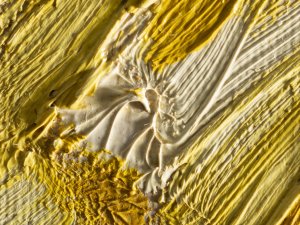
Derain’s Waterloo Bridge is an ensemble of vivid colours applied in a sort of mosaic of loose brushstrokes that leave the canvas with its pale ground visible in places as an innovative pictorial device.

In this transmitted light image the reverse of the work lit from the front can be made out. It shows how the light shines through the picture and reveals the structure of the brushstrokes Derain used to compose the work.
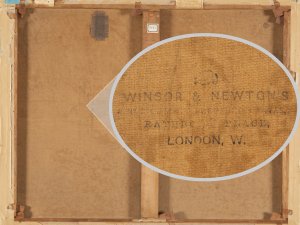
Derain painted Waterloo Bridge on a linen canvas, the back of which displays the stamp of the prestigious London brand Winsor & Newton. Its discovery during the technical study raised a question: did the artist paint the work in London, or did he take the canvas back with him to Paris and paint it there?

